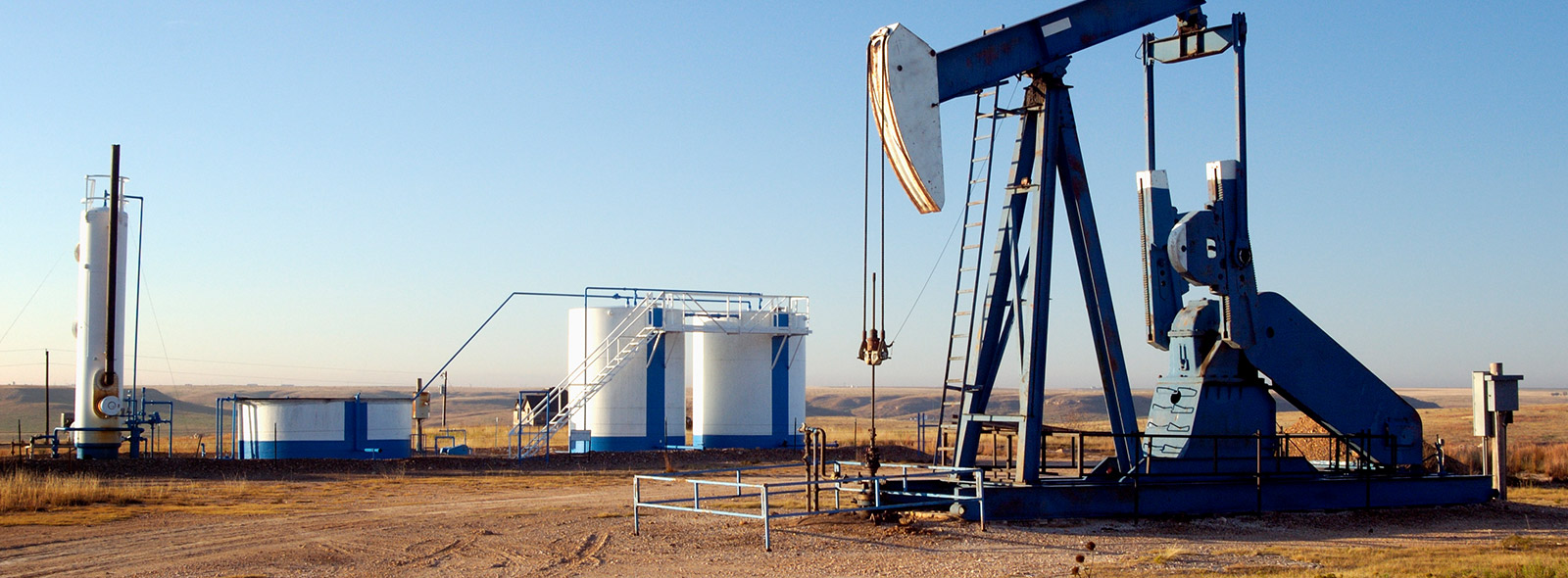We work with oil and gas companies to tackle their productivity challenges.
Here are some of the ways we can enhance production uptime and boost operational safety.
Real-time production back allocation
Improve in real-time how your oil and gas wells are producing, using machine learning and first principles.
ALS predictive production issues
Get advance notice about potential production or maintenance issues that could lead to production disruption and downtime.
Hydrocarbon emissions or leak detection
Receive notice just in time of potential hydrocarbon emissions and leaks before they impact your operations.
Gathering network flow assurance
Achieve real-time visibility into how oil and gas gathering networks are performing.
We do the digital part. You enjoy the transformation.
We help companies embrace digital transformation and come out ahead against costly downtime and maintenance, safety concerns, and strict compliance How? By making your production and physical assets more efficient and effective through the use of technology-based solutions—carefully chosen to solve your specific business challenges.

Why Oil & Gas companies choose our IIoT-powered solutions
Leveraging IIoT, our customers in the Oil and Gas industry are able to streamline production and remotely monitor their operations to reduce costs while increasing profits.
Reduce Operation Cost (OPEX)
Reduce OPEX through real-time monitoring of expensive products and services, reducing manual and operator-based tasks, and reduced trips to remote production locations.
Early Detection of Production Issues
Discover production issues in time through solutions such as abnormal production pattern detection, machine learning-based virtual flow metering, and operator support using generative AI.
Predictive and Prescriptive Maintenance
Use data analysis and machine learning to monitor critical equipment and processes in order to detect anomalies that will lead to process shutdown or equipment's critical failure.
Improved Decision-Making
Improve your decision-making by leveraging clear and actionable data using advanced analytics and machine learning.
System Integration
Our software integration connects on-site sensors with an advanced dashboard to identify issues before they become liabilities.
Regulatory Compliance
Avoid heavy fines and penalties for non-compliance with regulatory standards through solutions such as H2S monitoring and detection, hydrocarbon emissions detection, and carbon footprint tracking.
With the IoT, we’re headed to a world where things aren’t liable to break catastrophically – or at least we’ll have a hell of a heads’ up.
Case Study
Predictive Operations & Real-Time Alert System for Drilling Sites | Petrolink
See how we developed the backend engine for Petrolink's cloud based Saas drilling operations alerting system, providing their clients with instant insights and decision-making capabilities from drilling data.
Read Case Study